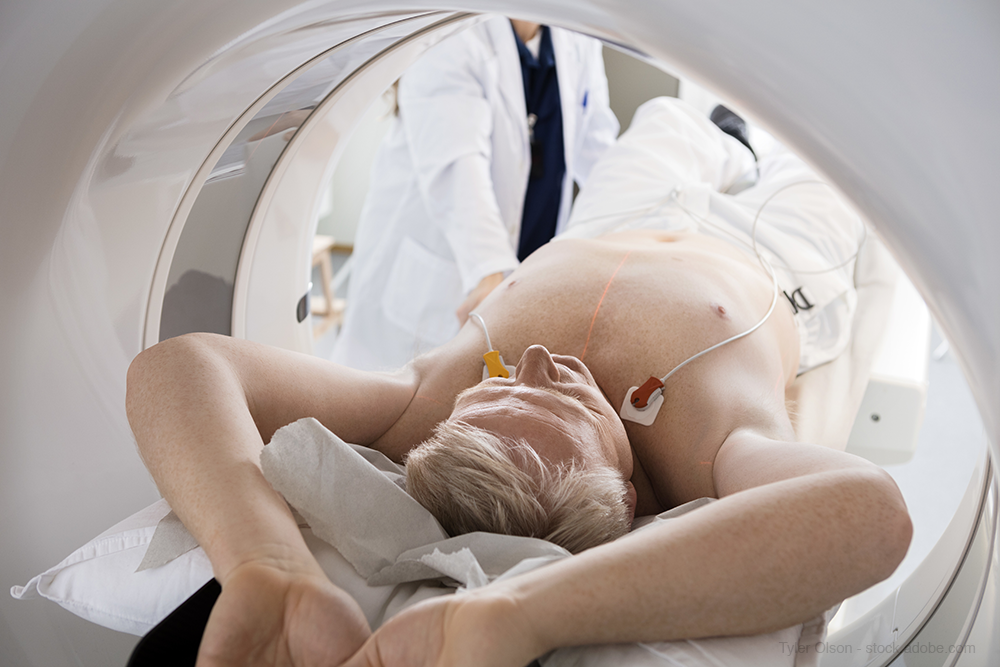Second Reading May Be Warranted with Whole-Body CT for Multiple Traumas
Patients with an initial clinical severity class of 1 also had a higher likelihood of missed injury.

Whole-body CT is associated with missing multiple injuries, particularly among patients over the age of 30 or who had two or more injured body parts, according to a study published in the journal Radiology.
Researchers from France performed a retrospective study to determine both radiologic and clinical markers that are predictive of missed injuries at early whole-body CT image interpretation.
Related article: Whole-Body CT Can Miss Injuries
A total of 2,354 consecutive whole-body CT examinations performed on 639 women and 1,715 men with multiple traumas from 26 hospitals were included in the study. The patients’ median age was 34 years. The images were interpreted at a teleradiology center study during an on-call period from February 2011 to September 2016 by the on-call radiologist. The images were also reviewed within 12 to 48 hours by another radiologist who looked for missed injury as the standard of reference.
The results showed 304 (12.9%) missed injuries, 59 (2.5%) of which were clinically significant. On a per-injury basis, the missed injury rate was 530 of 5,979 (8.8%). Independent predictive factors for missed injury included:
- More than two injured body parts
- Patient age older than 30 years
- Initial clinical severity class of 1
The researchers concluded that patients who had two or more injured body parts, were age older than 30 years, or had an initial clinical severity class of 1 had a higher likelihood of missed injury at whole-body CT.
GE HealthCare Debuts AI-Powered Cardiac CT Device at ACC Conference
April 1st 2025Featuring enhanced low-dose image quality with motion-free images, the Revolution Vibe CT system reportedly facilitates improved diagnostic clarity for patients with conditions ranging from in-stent restenosis to atrial fibrillation.
The Reading Room: Racial and Ethnic Minorities, Cancer Screenings, and COVID-19
November 3rd 2020In this podcast episode, Dr. Shalom Kalnicki, from Montefiore and Albert Einstein College of Medicine, discusses the disparities minority patients face with cancer screenings and what can be done to increase access during the pandemic.
Can Photon-Counting CT be an Alternative to MRI for Assessing Liver Fat Fraction?
March 21st 2025Photon-counting CT fat fraction evaluation offered a maximum sensitivity of 81 percent for detecting steatosis and had a 91 percent ICC agreement with MRI proton density fat fraction assessment, according to new prospective research.